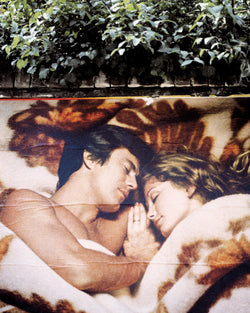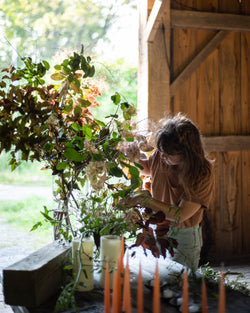Lacy Schutz, executive director of the Shaker Museum in Chatham, New York, has spent much of her working life preserving hidden pieces of history and making them accessible to the general public. Schutz had what she terms “a little bit of an unusual path” into the museum world: having completed masters degrees in poetry and information science, she trained as an archivist, going on to found the archive programme at the Clark Art Institute in Massachusetts — her first museum role. Three years later, she joined the Museum of the City of New York (MCNY), tasked with bringing the institution’s collections online. At the Clark, Schutz had been dealing with renowned artworks by the likes of Pierre-Auguste Renoir and John Singer Sargent, but the MCNY’s collections were much more varied, encompassing such ephemeral material as early snapshots of New York neighbourhoods and garments worn by the city’s notable 20th-century women. And it was the safeguarding of these lesser-known objects and their accompanying stories that really ignited Schutz’s imagination.
Thus, when she was presented with the opportunity to join the Shaker Museum in 2016, after seven years spent in various leadership roles at MCNY, she jumped at the chance. The museum had been founded in 1948 by John Stanton Williams Senior, a stockbroker-turned-gentleman-farmer and devoted collector of the work of the Shakers — that late-18th-century Christian sect renowned for its exquisite craftsmanship, strict adherence to a celibate lifestyle and the frenetic mode of dance-based worship that gave it its name. When Shutz joined its ranks, the museum was still located in the original barn that Williams Sr. had dedicated to his 18,000-object collection, and its doors had been closed to the public since 2009. “When I came on, the museum was really floundering,” Schutz tells La Catena. "There had been all these different ideas and plans about what to do with it, but none of them were very achievable. When I arrived, it was clear that if we were going to have a museum, we needed to completely reimagine what it could be, which felt like a once-in-a-career opportunity."








































